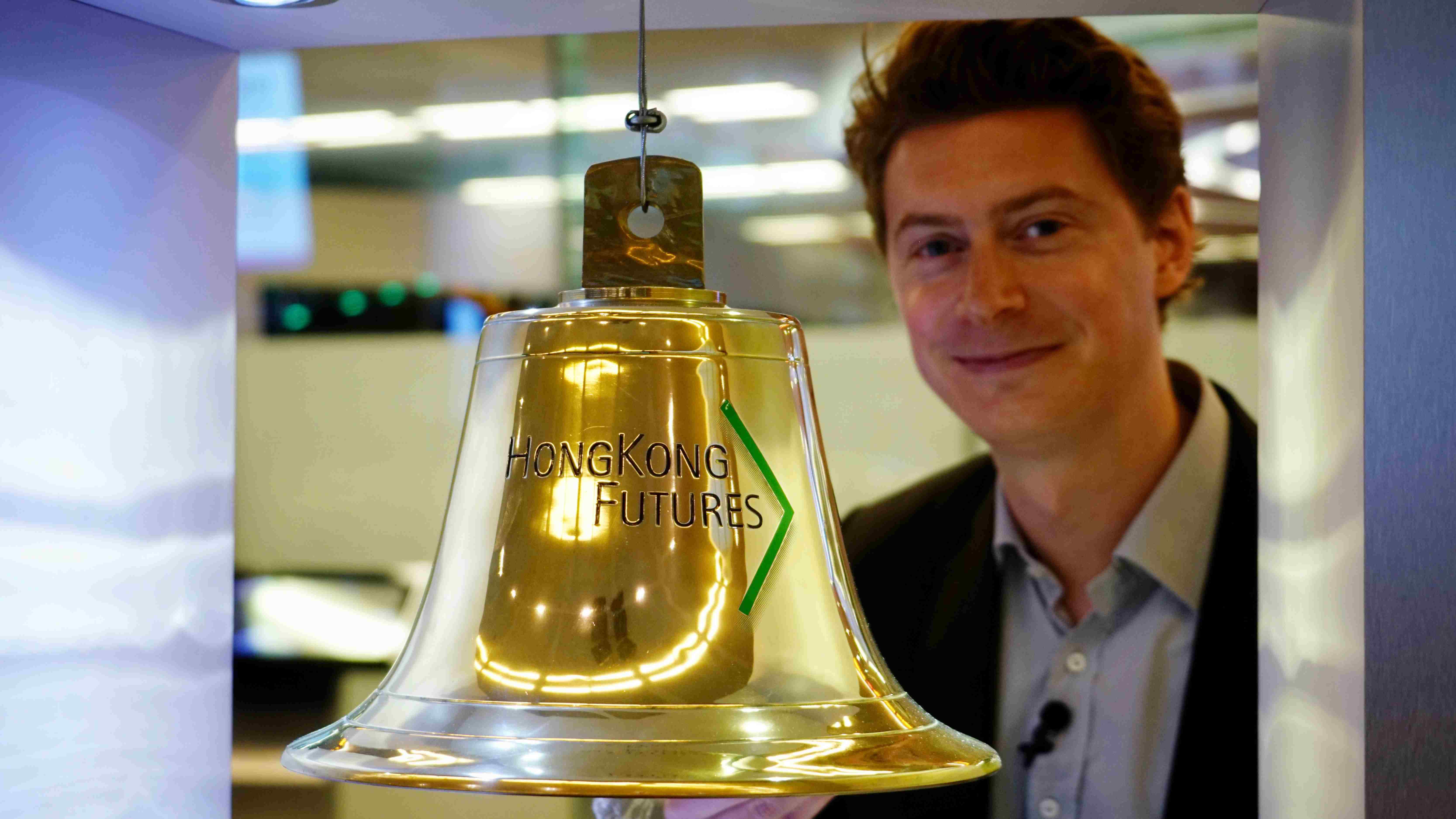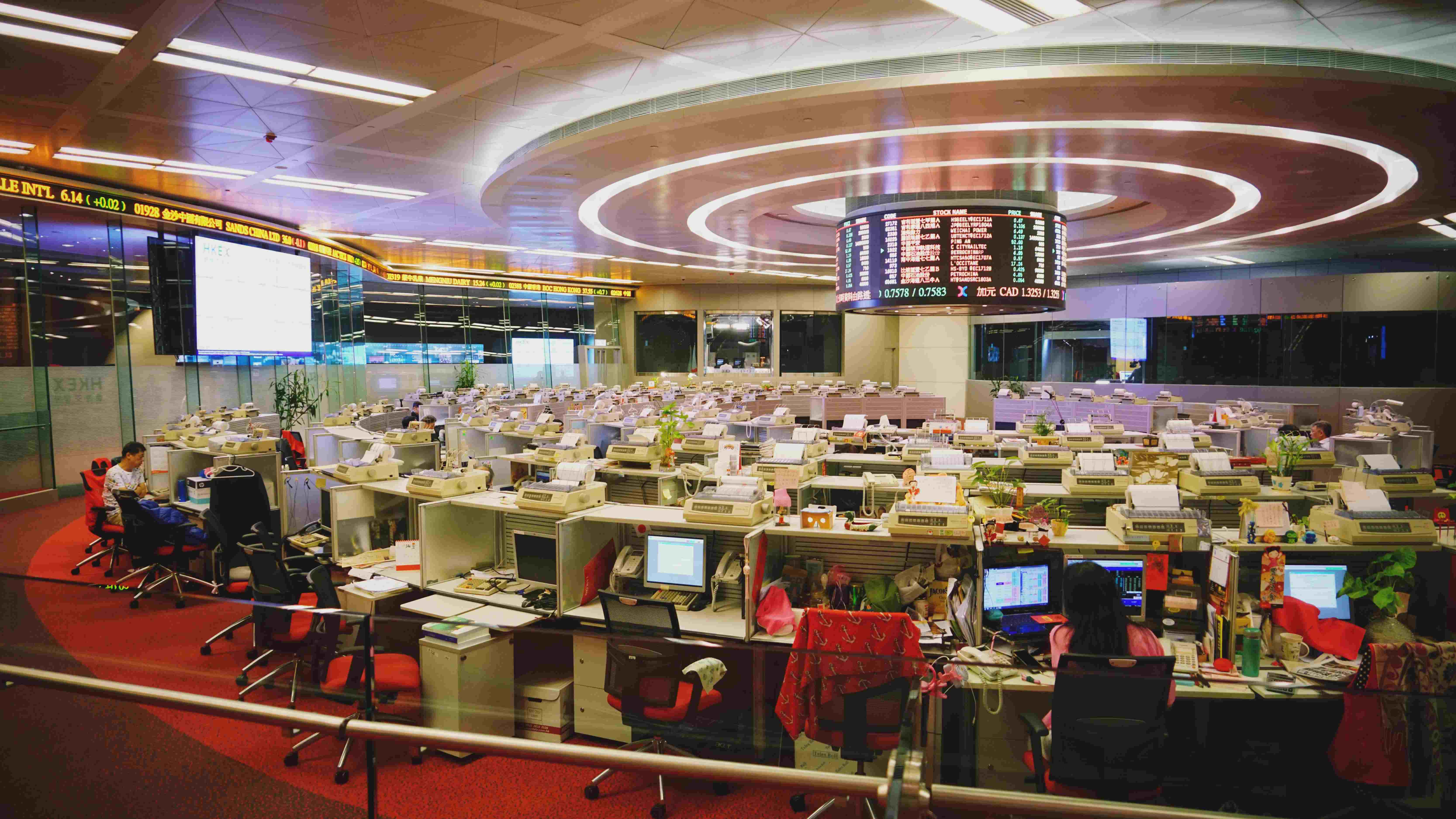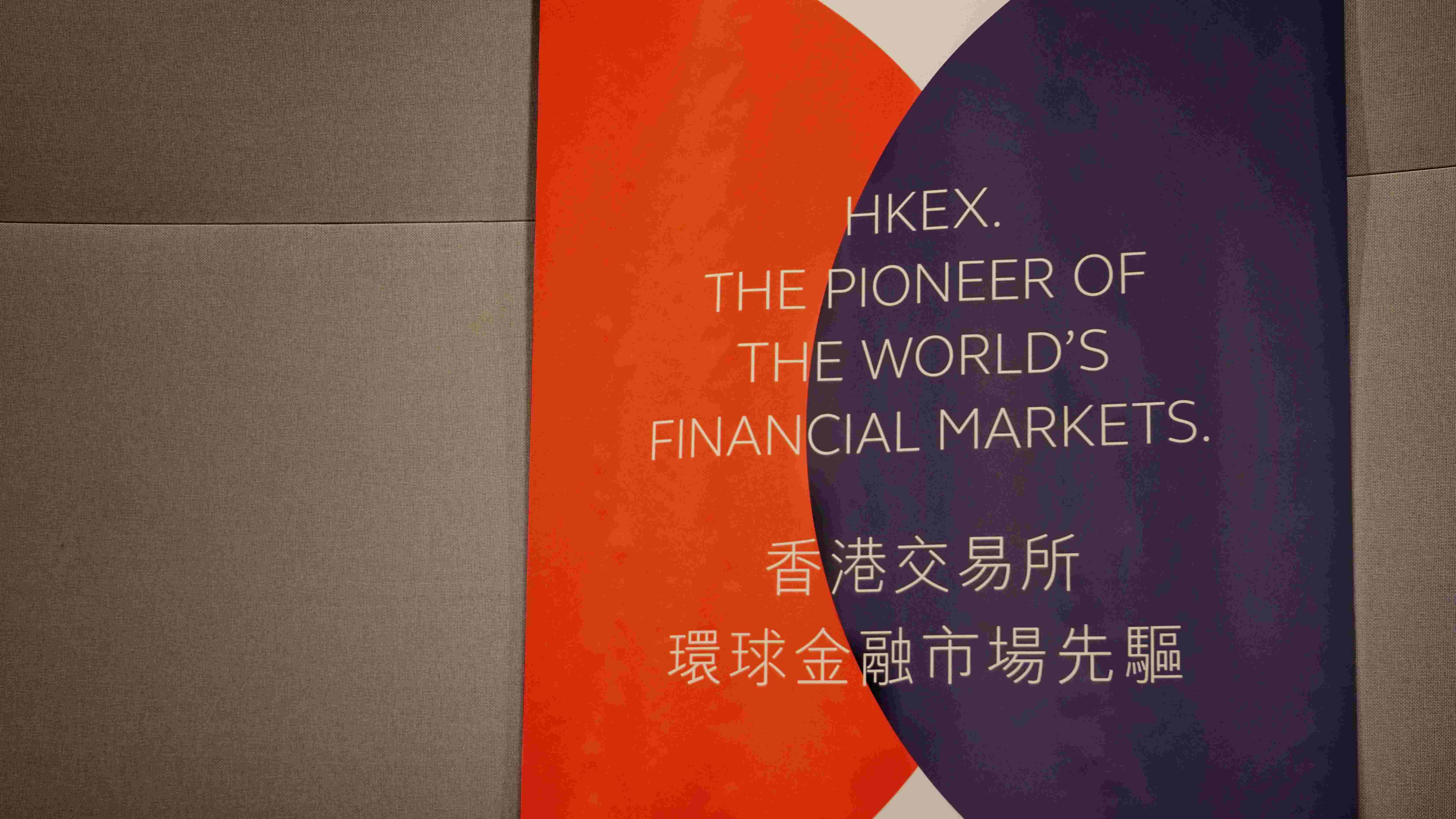
Business
13:47, 28-Jun-2017
Hong Kong: Empty trading floor, flourishing financial sector

By CGTN's John Goodrich, Zhang Dayu
Hong Kong's contribution to China's GDP plummeted in percentage terms as the mainland's growth accelerated over the past 20 years – but this is no reflection on the SAR's financial services sector.
Home to the Hong Kong Stock Exchange (HKEX) and offices of major international banks and insurers, the city remains an alluring venue for trade and investment. Its finance industry has played an important role in the opening up of China's economy.

CGTN Photo
CGTN Photo
But as CGTN Digital discovered during its visit to the HKEX building in Central, an index that includes online media giant Tencent and the four big Chinese banks is nearing divorce from bricks and mortar.
The champagne was flowing as grinning managers lined up to celebrate their company's listing on the GEM (Growth Enterprise Market) Index, but this was no Wolf of Wall Street scene. Just as malls have emptied with the growth of online shopping, the trading floor has been left redundant by the development of electronic trading.
When the gong to open the market was clanged by cheery executives of newly listed Basetrophy Group at 9:30 a.m., music piping out to mark the occasion, the fingers on one pair of clapping hands weren't needed to count the number of people at work on the trading floor.

CGTN Photo
CGTN Photo
Computers were introduced to the Hong Kong stock market in 1986, and as traders increasingly stay in their offices, their homes – or are replaced by algorithms – desks on the trading floor have gathered dust. In fact, large chunks of the original floor in Hong Kong have been repurposed as meeting rooms, auditoriums and an exhibition of HKEX history.
The HKEX floor may not be buzzing, but cobwebs are also growing on trading floors at exchanges across the world. It’s the framework and platform that the exchange provides that matters, and HKEX remains among the top 10 in the world by market capitalization at over 3.6 trillion US dollars on June 27, 2017.

CGTN Photo
CGTN Photo
HKEX has grown significantly since the handover in 1997, at the end of which market capitalization was 410.49 billion US dollars. The number of companies listed has also expanded, with 2,032 listed firms across its main and GEM indexes in June 2017 against 658 at the end of 1997.
Although big international names such as mining company Glencore and fashion house Prada have listed on the HKEX, it has been boosted significantly by the arrival of companies from the Chinese mainland. There are now over 1,000 companies from the mainland listed on the exchange, up from 101 at the end of 1997.
Internet powerhouse Tencent has led that charge but despite regularly topping the IPO charts – from eighth in 1997 – tech companies and startups haven't come running to HKEX.
A concept paper is now being discussed that could see a new board launched and fresh listing requirements for its existing panels, with the aim of attracting innovative companies – including those, like Alibaba, which are already listed elsewhere.

CGTN Photo
CGTN Photo
Another boon for interconnectivity between financial services in Hong Kong and the mainland has been the Stock Connect scheme – giving mainland investors access to foreign stocks and overseas buyers access to A-class shares on the Shenzhen and Shanghai exchanges.
As we headed for the HKEX exit, our attempt to ring the highly polished bell in the display section was thwarted – the clapper had been removed. It spoilt our fun, but was a suitable metaphor for what we found at the HKEX. The trading floor was silent, but outside both the exchange and Hong Kong’s financial services sector continue to shine.
1973km
Related stories:

SITEMAP
Copyright © 2018 CGTN. Beijing ICP prepared NO.16065310-3
Copyright © 2018 CGTN. Beijing ICP prepared NO.16065310-3